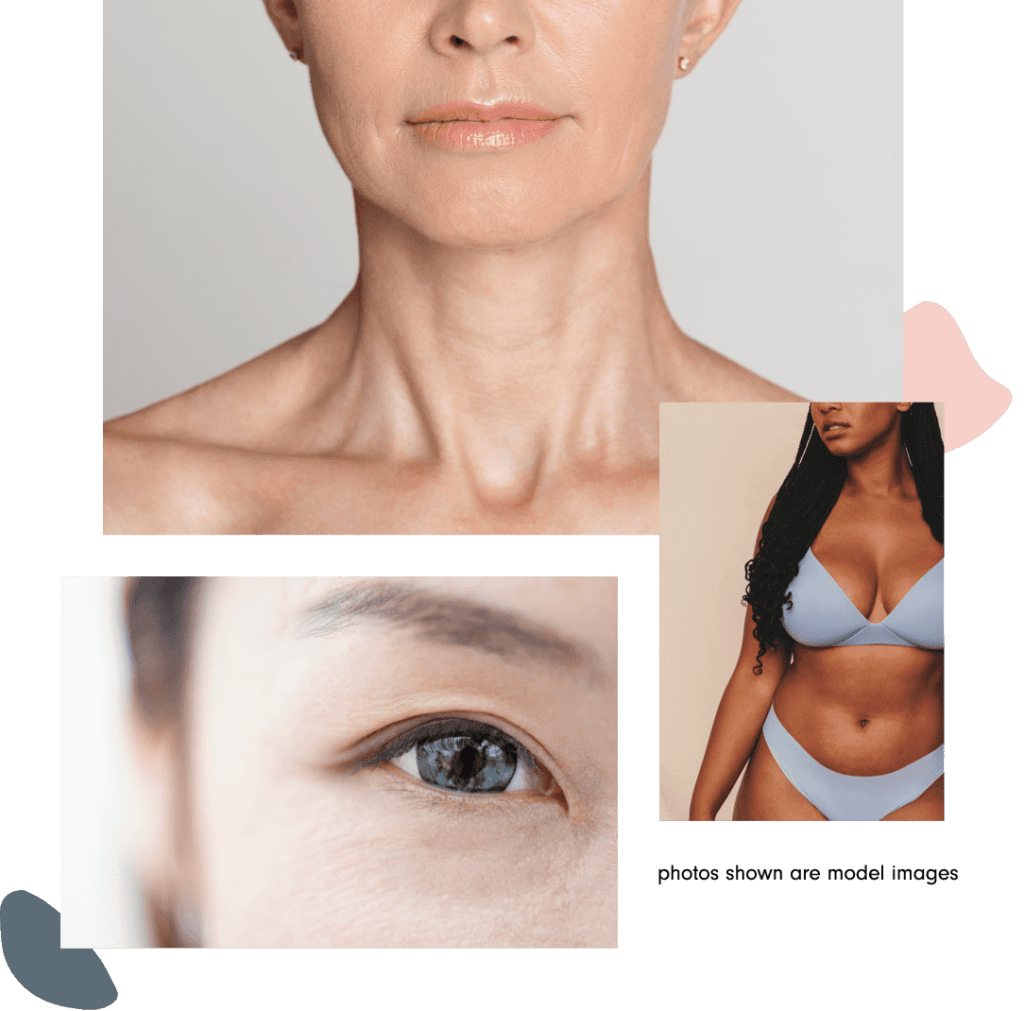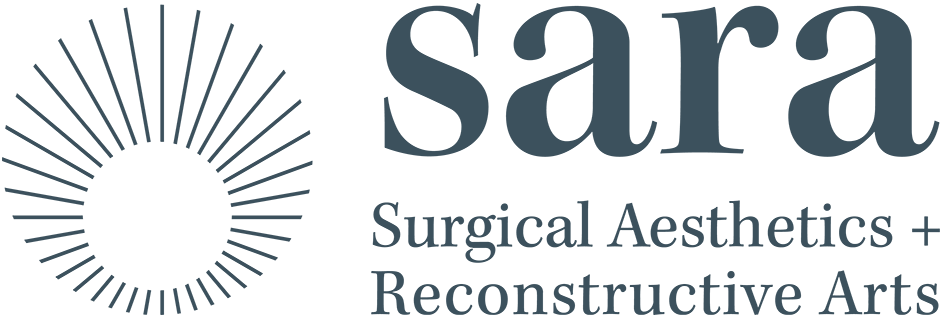
Cosmetic Surgery & Non-Surgical Treatments
Feel balanced, at home, and refreshed in your own skin
No two people are alike therefore any treatment plan should be specialized to achieve your goals.
Face
Skin, volume, and structure combine to present the image in which we face the world. A combination of approaches as simple as skincare all the way to surgery can help bring your inner beauty outward.
- Ear surgery
- Neck lift
- Facelift
- Eyelid surgery
- Facial fat grafting
Every face is unique, like a fingerprint. Optimal treatments focus on the individual.
Breast
Breast shape, position and size affect a person’s daily life, activity, and happiness. Surgery of the breast is one of the safest and most commonly performed procedures in plastic surgery. There is an approach to meet every goal.
- Breast reduction
- Breast lift
- Breast augmentation
- Breast revision
- Accessory breast tissue removal
- Gynecomastia (Male breast reduction)
“There is a divinity within our breast.” – Ovid
Body
Whether you have lost weight and have excess skin or whether you are in great shape, but have stubborn areas you want to improve, body contouring creates harmonious shape and contours creating balance and alignment.
- Abdominoplasty (Tummy tuck)
- Liposuction
- Fat grafting
- Mommy Makeover
- Arm lift
- Lower body lift
Your body is your shrine.
Non Surgical
Glowing healthy skin provides a radiance that can light up a room and boost confidence. With less downtime and lower cost, many non-surgical options for rejuvenation are just what the doctor ordered!
- Botox
- Dermal fillers
- Kybella
- Sciton Profractional laser resurfacing
- Sciton BBL HERO
- Sciton HALO laser
